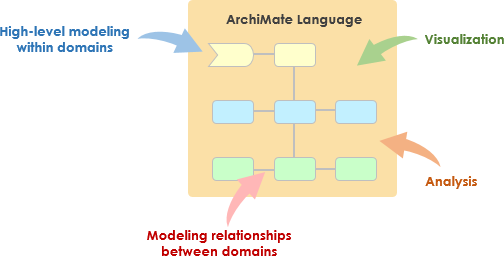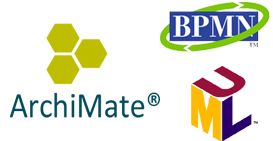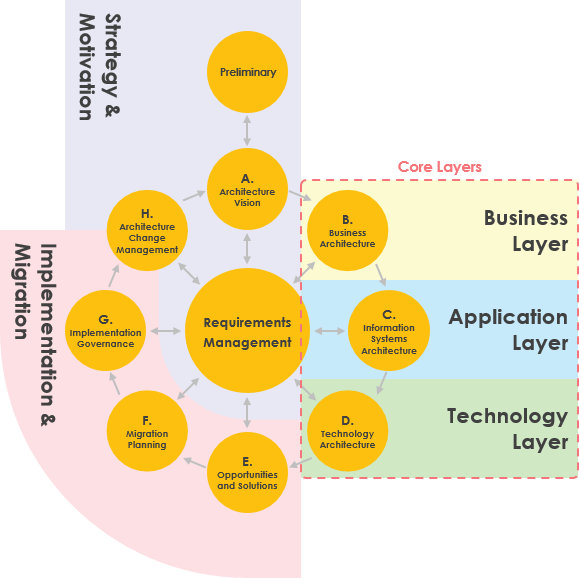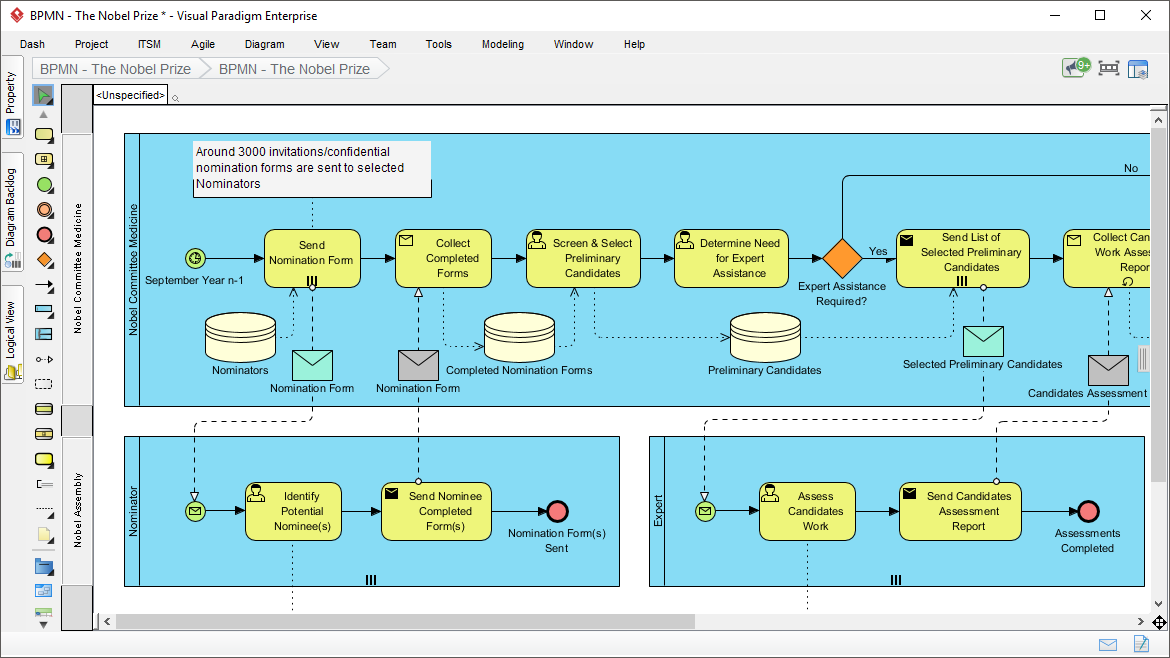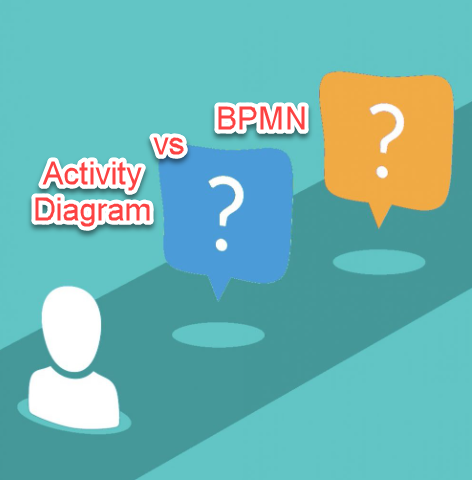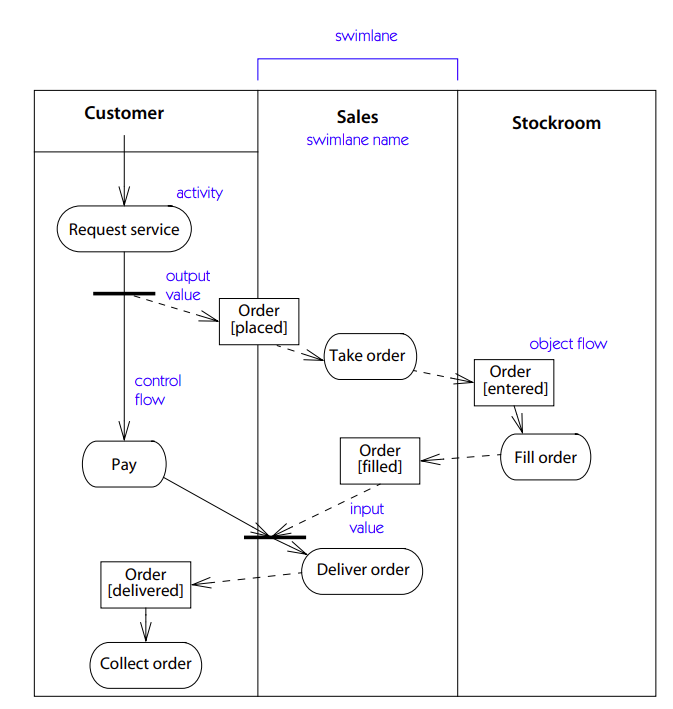Home » Archives for September 2023 » Page 12
Introduction ArchiMate is an enterprise architecture modeling language that serves the purpose of describing, analyzing, and visualizing architecture within and across business domains in a clear and unambiguous manner. It is an open and independent standard, governed by The Open Group, and it has gained wide acceptance in the field of enterprise architecture. Key Points about ArchiMate: Scope and Focus: ArchiMate distinguishes itself from other modeling languages, such as UML and BPMN, by its specific focus on enterprise architecture. While UML and BPMN have broader applications, ArchiMate is designed to model the architecture…
continue reading →
Introduction UML (Unified Modeling Language), BPMN (Business Process Model and Notation), and ArchiMate are all visual modeling languages used in different domains of software engineering and enterprise architecture. Each of them serves specific purposes and has its own strengths and weaknesses. Here's a brief comparison of UML, BPMN, and ArchiMate in visual modeling: UML (Unified Modeling Language): Purpose: UML is a general-purpose modeling language used primarily in software engineering and system design. It is also applied in various other domains like business process modeling and data modeling. Notation: UML provides a broad range…
continue reading →
Introduction In today's fast-paced business environment, enterprises are constantly seeking ways to align their IT strategies with their overall business goals. The Open Group Architecture Framework (TOGAF) provides a comprehensive approach for achieving this alignment, and ArchiMate, an open and independent modeling language, offers a powerful tool to visualize and communicate complex architectural concepts. In this article, we will explore how ArchiMate can be seamlessly integrated into TOGAF's Architecture Development Method (ADM) to enhance architectural practices and facilitate effective communication across all levels of an organization. Understanding TOGAF ADM The TOGAF ADM is…
continue reading →
Introduction to TOGAF In the ever-evolving landscape of enterprise architecture frameworks, TOGAF® (The Open Group Architecture Framework) stands as a resilient and enduring framework that has been serving the technology industry for nearly two decades. Developed by The Open Group, a not-for-profit technology industry consortium, TOGAF® continues to evolve to meet the dynamic demands of the technology landscape. This comprehensive guide will walk you through the essentials of TOGAF®, making it accessible to beginners and offering a holistic view of this powerful framework. Here's a breakdown of what we'll cover: Understanding Enterprise Architecture…
continue reading →
TOGAF ADM Overview The TOGAF ADM is a foundational component of the TOGAF Standard, a time-tested and reliable framework that has been successfully employed by numerous enterprises over the years. Its primary objective is to guide the creation of an Enterprise Architecture that not only supports but also drives the realization of an organization's vision and requirements. TOGAF 10, the latest version, provides comprehensive guidance on developing enterprise architecture that facilitates effective change. What is the TOGAF ADM? The TOGAF ADM represents a logical, systematic approach to acquiring knowledge necessary for enterprise architecture…
continue reading →
Introduction In the dynamic world of business, where efficiency and clarity are paramount, there's a tool that stands out as a beacon of innovation and simplicity—Visual Paradigm. This introduction is your first step into a realm of business process management that will empower you to visualize, refine, and optimize your workflows like never before. Visual Paradigm isn't just a tool; it's a game-changer. With its Business Process Model and Notation (BPMN) prowess, it brings a new level of understanding to complex workflows. Whether you're a seasoned business analyst or a stakeholder eager to…
continue reading →
Introduction Unified Modeling Language (UML) is a widely used visual modeling language in software engineering and business process management. It provides various diagrams to represent different aspects of a system or a process. Two commonly used UML diagrams for modeling processes are Activity Diagrams and Business Process Model and Notation (BPMN). While both serve the purpose of process modeling, they have distinct characteristics and use cases. This article aims to compare and contrast Activity Diagrams and BPMN in UML to help you choose the most suitable diagram for your modeling needs. Activity Diagrams…
continue reading →
-
Posted on September 13, 2023
-
/Under UML
Introduction Unified Modeling Language (UML) is a powerful tool for visualizing and documenting software systems. Among the various UML diagrams, the Activity Diagram is a versatile and essential tool for modeling and describing the dynamic aspects of a system's behavior. Whether you're a software developer, system analyst, or project manager, understanding Activity Diagrams can significantly improve your ability to design and communicate complex processes within a system. In this article, we'll explore what Activity Diagrams are, their components, and how to create and interpret them. What is an Activity Diagram? An Activity Diagram…
continue reading →
-
Posted on September 13, 2023
-
/Under UML
In the realm of software development and system design, understanding and visualizing the architecture of a project is crucial. This is where Unified Modeling Language (UML) comes to the forefront with its array of diagram types, each serving a specific purpose. Among these, the UML Package Diagram stands out as an invaluable tool for depicting the high-level structure of a system or software application. In this article, we will delve into the world of UML Package Diagrams, exploring what they are, how they are used, and why they are essential in software development.…
continue reading →
-
Posted on September 13, 2023
-
/Under UML
Introduction In UML (Unified Modeling Language), "Class," "Node," and "Component" are three different elements used to represent various aspects of a system or software application. Each of these elements has a specific purpose and is used in different contexts within a UML diagram. Class: A class in UML represents a blueprint for objects. It defines the attributes (data members) and operations (methods or functions) that objects of that class will have. Classes are primarily used in class diagrams to model the static structure of a system. They show the relationships and interactions between…
continue reading →

